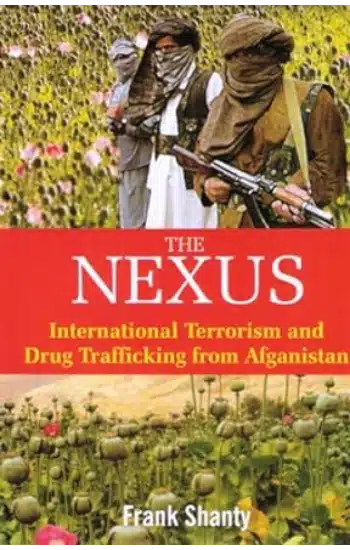
The Nexus: International Terrorism and Drug Trafficking from Afghanistan ₹995 ₹746
Save: 25%

The Pakistan Cauldron: Conspiracy, Assassination & Instability ₹995 ₹746
Save: 25%
The Other Kashmir: Society, Culture and Politics in the Karakoram Himalayas
Publisher:
Pentagon Press
| Author:
K. Warikoo (Ed.)
| Language:
English
| Format:
Hardback
₹1,495 ₹1,121
Save: 25%
Out of stock
Receive in-stock notifications for this.
Ships within:
1-4 Days
Out of stock
ISBN:
SKU 9788182747975 Category Warfare/Defence
Category: Warfare/Defence
Page Extent:
356
The Karakoram Himalayas have unique geopolitical and geostrategic importance as the boundaries of South and Central Asian countries converge here. Abutting the borders of Afghanistan, China, Pakistan and India and being situated in close proximity to Central Asia, the KarakoramHimalayan region has been an important constituent of India`s transHimalayan communication network in the continent and beyond. This region is the cradle from where ancient Indian culture including Buddhism spread to different directions in Central Asia, East Asia and South East Asia. The KarakoramHimalayan region, what has also been called `Northern Areas` of the erstwhile State of Jammu and Kashmircomprising Hunza, Nagar, Gilgit, Baltistan, Yasin, Astore, Chilas, KohGhizar , Gupis , Punial and Ishkoman is the single largest territorial unit of the State. This area constitutes about twothirds of the total area of 84,471 sq. miles of the entire Jammu and Kashmir State. The region displays a wide diversity of cultural patterns, languages, ethnic identities and religious practices. The entire region has been a melting pot of different cultures and faiths â?? Zoroastrianism, Buddhism, Hinduism and Islam. Whereas a variety of languages â?? Ladakhi, Balti, Shina, Burushaski, Gojali, Khowar etc. exist in the region, the crossborder linkages between various ethnicreligious groups turn this frontier into a complex vortex of geopolitics. The induction and settlement of Punjabis, Pakhtoons and the Taliban cadres by Pakistan as its calculated policy to colonise the Shia/Ismaili dominated region has not only changed its demographic balance but also led to the rise of sectarianism and religious extremism often leading to violence and conflict. At the same time, the region has been witnessing a new urge for revival of its indigenous languages, cultural heritage and social practices. The social and political aspirations of different indigenous ethnicreligious groups in KarakoramHimalayas have remained suppressed due to the geopolitical and religious factors. Whereas Indian State of Jammu and Kashmir has been the focus of national and international attention during the past six decades or so, GilgitBaltistan region has eluded attention. This is mainly because this frontier area has been put under iron curtain by the successive Pakistani governments. It is against this background that this book deals with the historical, cultural, geopolitical, strategic, socioeconomic and political perspectives on the entire KarakoramHimalayan region. That the book is based on the papers contributed by area specialists and experts from the regionGilgitBaltistan, MirpurMuzaffarabad and Indian State of Jammu and Kashmir besides well known academics and strategic analysts, makes it special.
Be the first to review “The Other Kashmir: Society, Culture and Politics in the Karakoram Himalayas” Cancel reply
Description
The Karakoram Himalayas have unique geopolitical and geostrategic importance as the boundaries of South and Central Asian countries converge here. Abutting the borders of Afghanistan, China, Pakistan and India and being situated in close proximity to Central Asia, the KarakoramHimalayan region has been an important constituent of India`s transHimalayan communication network in the continent and beyond. This region is the cradle from where ancient Indian culture including Buddhism spread to different directions in Central Asia, East Asia and South East Asia. The KarakoramHimalayan region, what has also been called `Northern Areas` of the erstwhile State of Jammu and Kashmircomprising Hunza, Nagar, Gilgit, Baltistan, Yasin, Astore, Chilas, KohGhizar , Gupis , Punial and Ishkoman is the single largest territorial unit of the State. This area constitutes about twothirds of the total area of 84,471 sq. miles of the entire Jammu and Kashmir State. The region displays a wide diversity of cultural patterns, languages, ethnic identities and religious practices. The entire region has been a melting pot of different cultures and faiths â?? Zoroastrianism, Buddhism, Hinduism and Islam. Whereas a variety of languages â?? Ladakhi, Balti, Shina, Burushaski, Gojali, Khowar etc. exist in the region, the crossborder linkages between various ethnicreligious groups turn this frontier into a complex vortex of geopolitics. The induction and settlement of Punjabis, Pakhtoons and the Taliban cadres by Pakistan as its calculated policy to colonise the Shia/Ismaili dominated region has not only changed its demographic balance but also led to the rise of sectarianism and religious extremism often leading to violence and conflict. At the same time, the region has been witnessing a new urge for revival of its indigenous languages, cultural heritage and social practices. The social and political aspirations of different indigenous ethnicreligious groups in KarakoramHimalayas have remained suppressed due to the geopolitical and religious factors. Whereas Indian State of Jammu and Kashmir has been the focus of national and international attention during the past six decades or so, GilgitBaltistan region has eluded attention. This is mainly because this frontier area has been put under iron curtain by the successive Pakistani governments. It is against this background that this book deals with the historical, cultural, geopolitical, strategic, socioeconomic and political perspectives on the entire KarakoramHimalayan region. That the book is based on the papers contributed by area specialists and experts from the regionGilgitBaltistan, MirpurMuzaffarabad and Indian State of Jammu and Kashmir besides well known academics and strategic analysts, makes it special.
About Author
Reviews
There are no reviews yet.
Be the first to review “The Other Kashmir: Society, Culture and Politics in the Karakoram Himalayas” Cancel reply
[wt-related-products product_id="test001"]


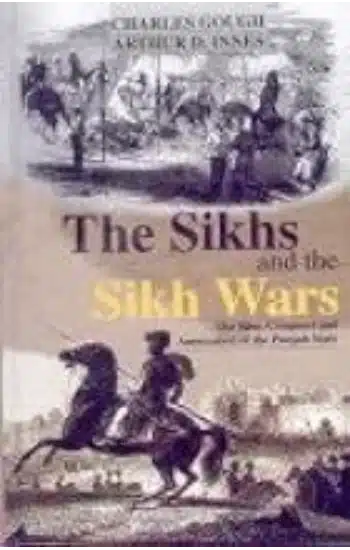


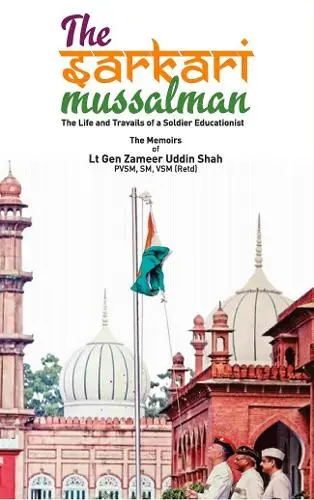





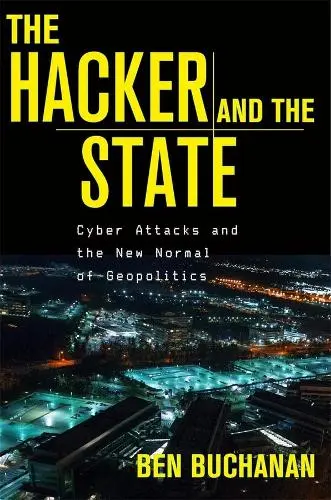
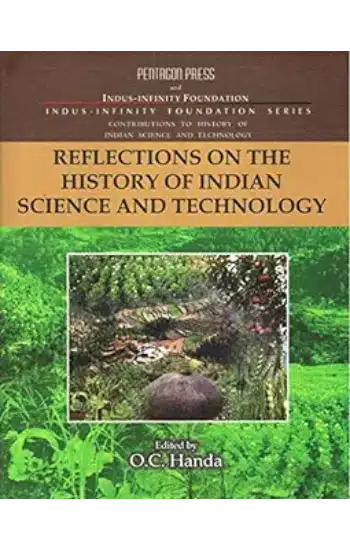

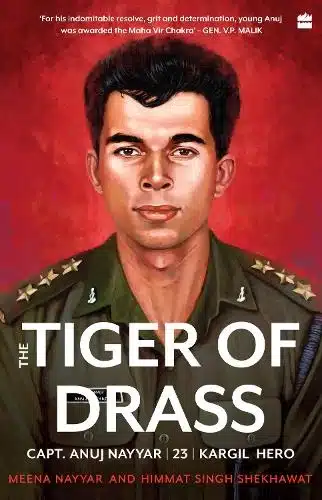

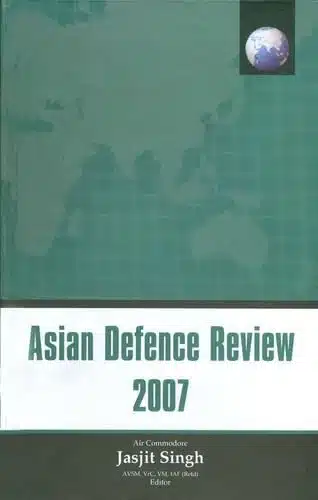
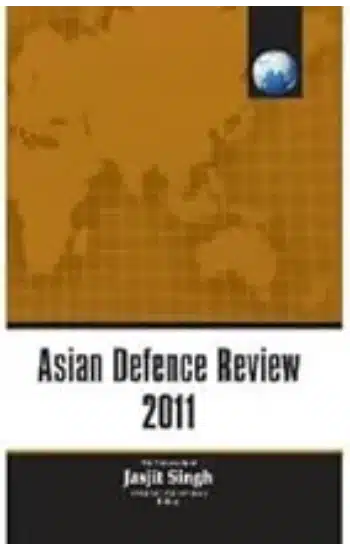

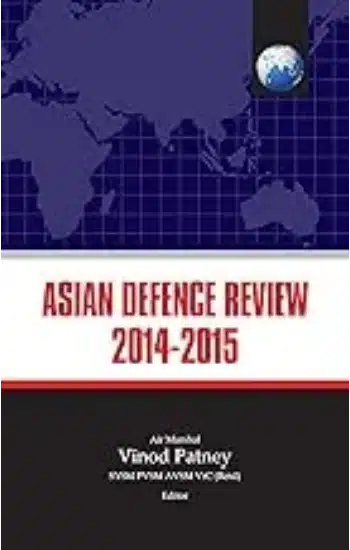

















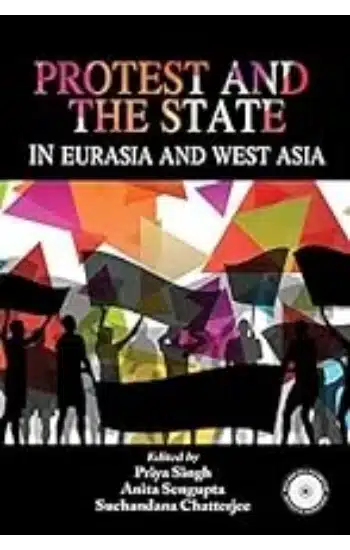

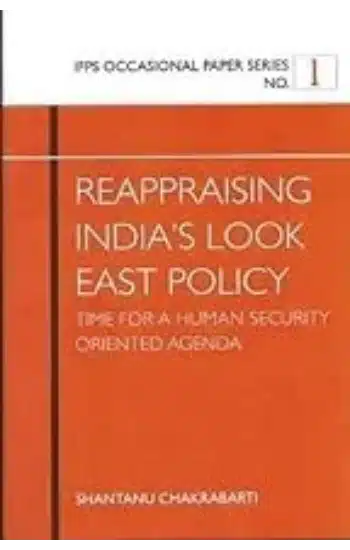

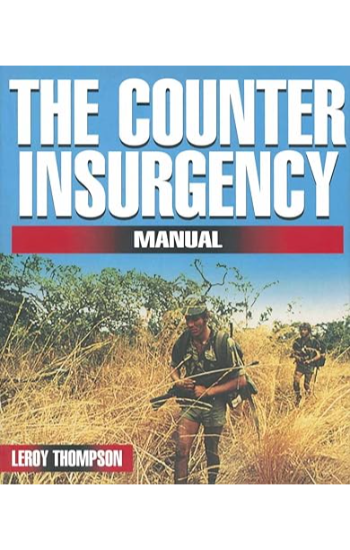




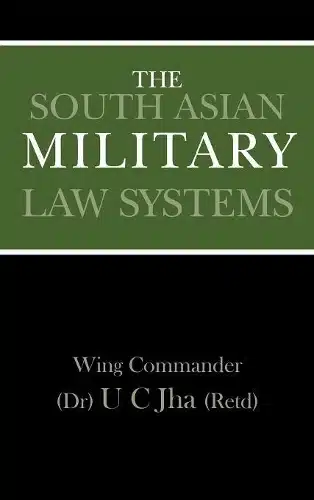

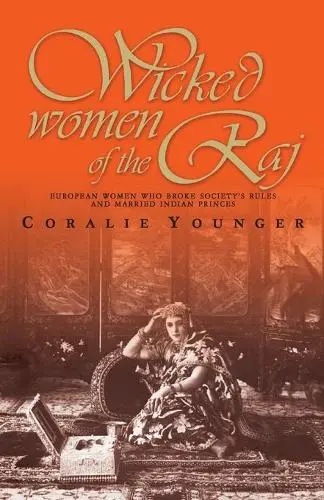



Reviews
There are no reviews yet.